“I’ve never lost the hunger for the next picture,” says Jesse Marlow, the Melbourne-based photographer internationally recognized for his candid street work. His images — marked by bold use of color, graphic clarity, and an instinct for the unposed — have been exhibited worldwide and published in acclaimed books such as Centre Bounce: Football from Australia’s Heart (2003), Wounded (2005), Don’t Just Tell Them, Show Them (2014), and Second City (2021). Marlow is a former member of the In-Public collective and of the Australian group Oculi, and his photographs are held in public and private collections including the City of Melbourne and the State Library of Victoria. He won the International Street Photography Award in London (2011) and the Bowness Photography Prize in…
“I’ve never lost the hunger for the next picture,” says Jesse Marlow, the Melbourne-based photographer internationally recognized for his candid street work. His images — marked by bold use of color, graphic clarity, and an instinct for the unposed — have been exhibited worldwide and published in acclaimed books such as Centre Bounce: Football from Australia’s Heart (2003), Wounded (2005), Don’t Just Tell Them, Show Them (2014), and Second City (2021). Marlow is a former member of the In-Public collective and of the Australian group Oculi, and his photographs are held in public and private collections including the City of Melbourne and the State Library of Victoria. He won the International Street Photography Award in London (2011) and the Bowness Photography Prize in Melbourne (2012).
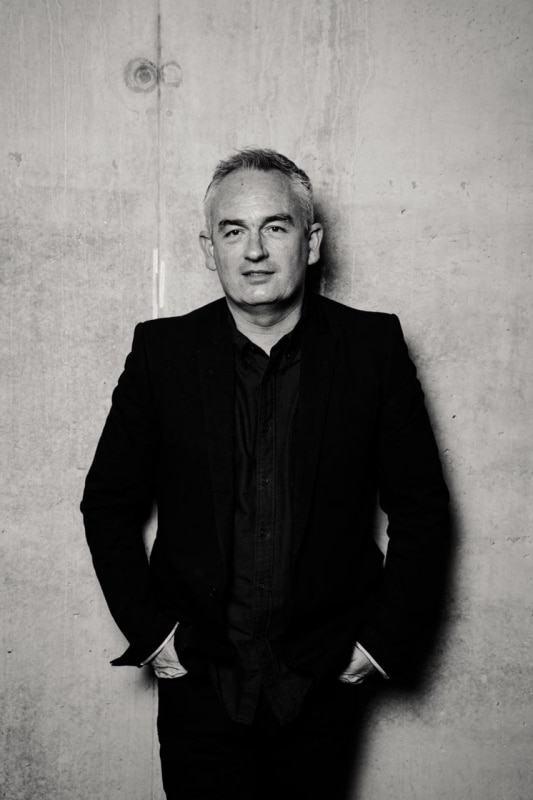 Jesse Marlow
Jesse Marlow
Marlow also teaches through the Leica Akademie, making him a natural fit for the Xiaomi Master Class in collaboration with Leica, held in Munich alongside the launch of the Xiaomi 15T Series. The event, themed Humanity: Emotions in Focus, brought together photographers from around the world for panels, an immersive exhibition, and a photowalk . “Photography is first of all a way to connect with people and capture emotions that make each moment unique,” Marlow told participants.
Here, distilled from that experience, are eight tips Marlow shared on how to photograph the city.
1. Train Your Eye for Color
“Color in street photography is about developing a visual radar — it’s both active seeking and intuitive recognition happening simultaneously. Sometimes you chase the colour, but often the most powerful images happen when you recognise how colour is already working in a scene and position yourself to let it enhance the narrative.”
2. See the City as Stage and Material
“I think of the urban environment as both stage and raw material. The city provides the theatrical backdrop with its architecture, lighting, and flow of people, but as a photographer you’re constantly sculpting that chaos into something coherent.”
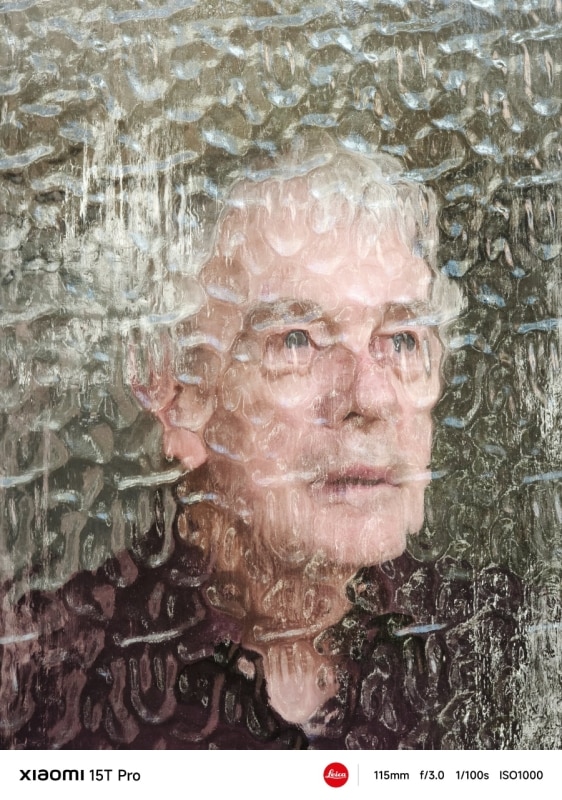 Jesse Marlow. Xiaomi × Leica Master Class
Jesse Marlow. Xiaomi × Leica Master Class
3. Balance Hunting and Fishing
In street photography, “hunting” means actively moving through the city, chasing gestures, colors, or fleeting encounters as they unfold. “Fishing,” by contrast, is about patience: choosing a location with strong light or composition and waiting for the right person or moment to enter the frame. Both methods have their strengths — hunting delivers energy and surprise, while fishing allows for cleaner, more deliberate compositions. Many photographers, including Jesse Marlow, shift fluidly between the two. “Pure hunting can be exhausting and sometimes forces moments that aren’t truly there. Pure fishing requires incredible patience. I lean toward a hybrid method — it’s important not to limit yourself to one particular approach.”
4. Stay Invisible, Stay Candid
“My work has always been candid and I enjoy the invisible observer approach. I don’t normally interact with any of the subjects in my street work.” But interacting after the shot is sometimes important, Marlow explains: it can’t be all candid.
5. Preparation Is Experience
“The preparation part of my work was the thousands of hours put in when first starting out. That sharpening of your eye lays the foundations. I’ve never had that hunger for the next picture leave me.”
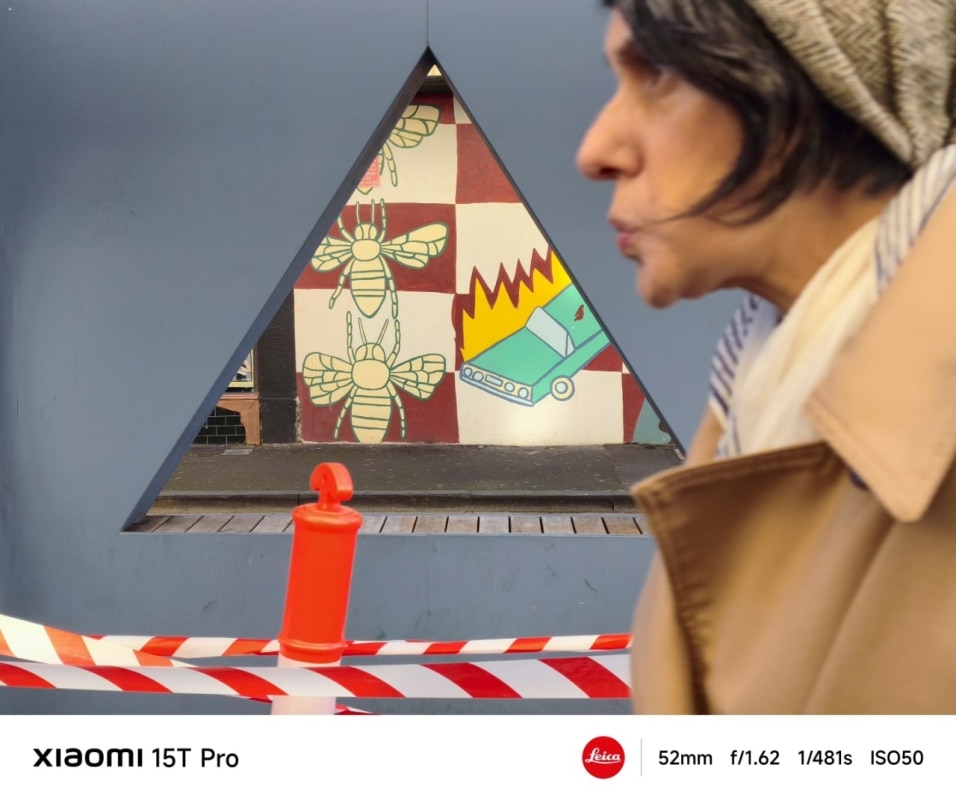 Jesse Marlow. Xiaomi × Leica Master Class
Jesse Marlow. Xiaomi × Leica Master Class
6. Shoot Everywhere — Not Just Abroad
“While the lure of travel brings the unknown and exotic, I think it can sometimes be an easy option. Being able to create images in your hometown and places that may not offer the visual richness of a new country can ultimately be more rewarding.”
7. Respect the Psychology of the Street
“Learning to photograph people in public spaces is about building confidence and respect. The psychology works both ways — how comfortable you feel affects how others respond. When you approach with anxiety, people sense it. When you’re calm and respectful, you become less intrusive.”
8. Smartphone or Camera? Use Both
“As a working photographer I see them as complementary rather than competing tools. Some of my most spontaneous work happens on my phone, while my more considered, crafted images tend to come from my camera. The Xiaomi Ultra 15T Pro has become another useful tool in my kit-bag.”
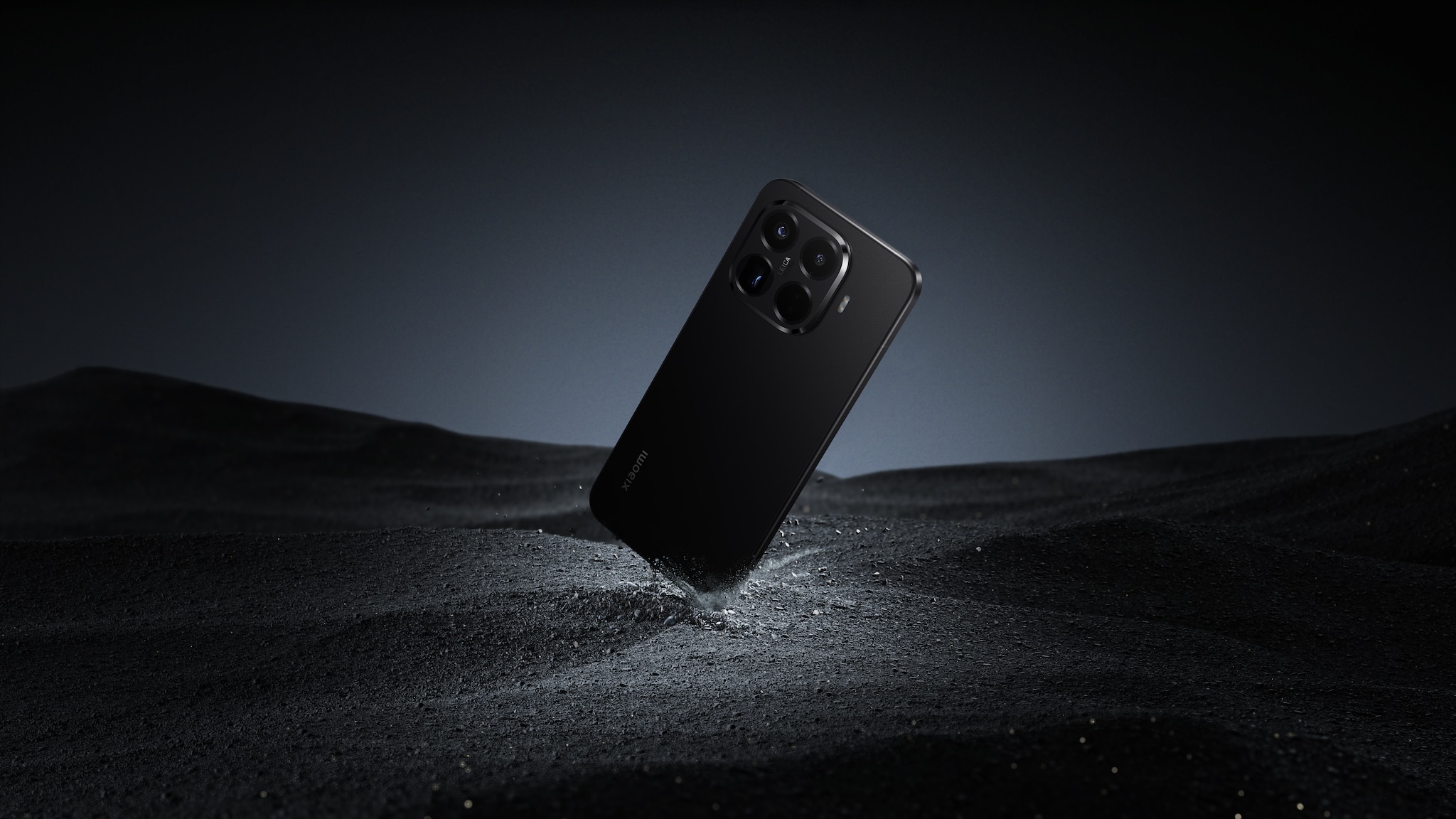
 * View gallery
* View gallery

Xiaomi 15T Pro
Courtesy Xiaomi

Xiaomi 15T Pro
Courtesy Xiaomi

Xiaomi 15T Series
Courtesy Xiaomi
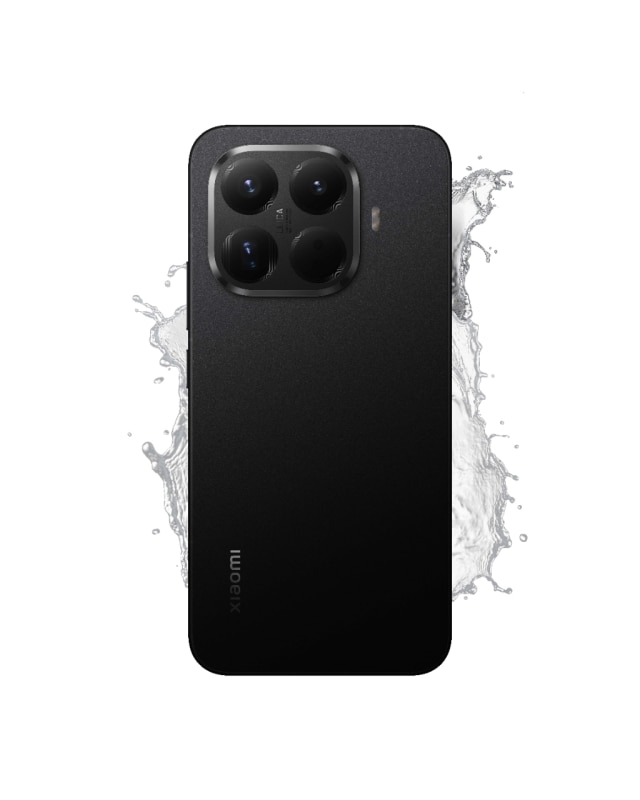
Xiaomi 15T Pro
Courtesy Xiaomi

Xiaomi 15T Pro
Courtesy Xiaomi

Xiaomi 15T Pro
Courtesy Xiaomi

Xiaomi 15T
Courtesy Xiaomi

Xiaomi 15T Pro
Courtesy Xiaomi

Xiaomi 15T Pro
Courtesy Xiaomi

Xiaomi 15T Series
Courtesy Xiaomi

Xiaomi 15T Pro
Courtesy Xiaomi

Xiaomi 15T Pro
Courtesy Xiaomi

Xiaomi 15T Pro
Courtesy Xiaomi

Xiaomi 15T
Courtesy Xiaomi
A Shared Stage for Technology and Vision
The Xiaomi × Leica Master Class in Munich was designed to show how art and technology merge — and how tools like the Xiaomi 15T Series, co-engineered with Leica, expand the vocabulary of image-making. “Working with Xiaomi 15T Series gave me the chance to explore nuances with extraordinary precision,” Marlow said, “and to see participants interpret those nuances in their own way was inspiring”.
For Marlow, the city remains an endless stage: noisy, chaotic, but always full of stories — waiting for a photographer with the eye to see them.